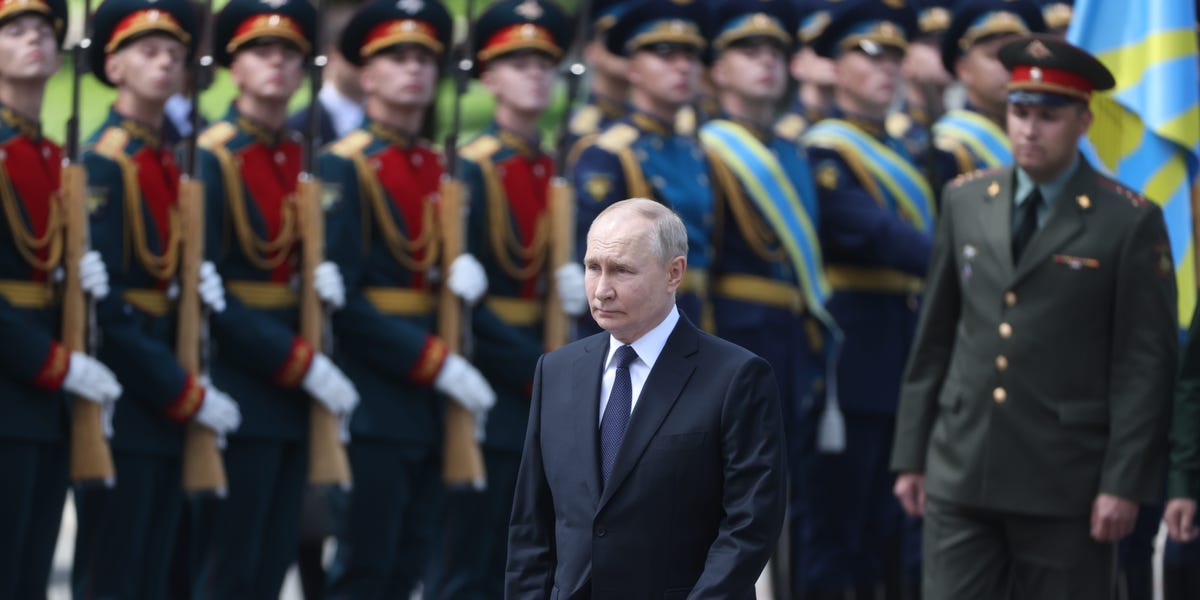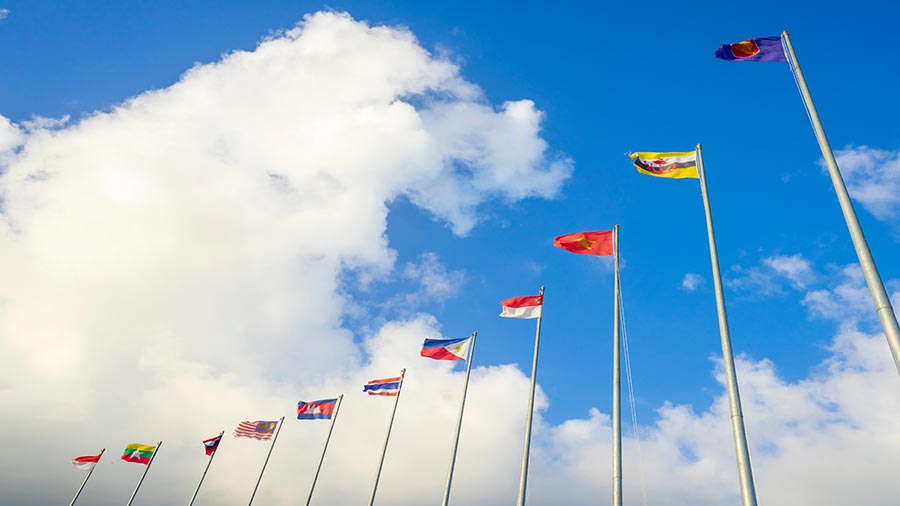China
Video: The Business of Being Yao Ming (and His Advice to Jeremy Lin)
From owning the Shanghai Sharks to fighting for China’s wetlands, former basketball star Yao Ming has plenty of post-NBA ambitions. He tells the WSJ’s Deborah Kan why preserving his country’s environment is so important and what advice he has for New York Knick Jeremy Lin.

From owning the Shanghai Sharks to fighting for China’s wetlands, former basketball star Yao Ming has plenty of post-NBA ambitions. He tells the WSJ’s Deborah Kan why preserving his country’s environment is so important and what advice he has for New York Knick Jeremy Lin.
Reforms started in the late 1970s with the phasing out of collectivized agriculture, and expanded to include the gradual liberalization of prices, fiscal decentralization, increased autonomy for state enterprises, the foundation of a diversified banking system, the development of stock markets, the rapid growth of the non-state sector, and the opening to foreign trade and investment.
The Chinese government faces numerous economic development challenges, including:
(a) reducing its high domestic savings rate and correspondingly low domestic demand through increased corporate transfers and a strengthened social safety net;
(b) sustaining adequate job growth for tens of millions of migrants and new entrants to the work force; (c) reducing corruption and other economic crimes; and
(d) containing environmental damage and social strife related to the economy’s rapid transformation.
The government has also focused on foreign trade as a major vehicle for economic growth.
Some economists believe that Chinese economic growth has been in fact understated during much of the 1990s and early 2000s, failing to fully factor in the growth driven by the private sector and that the extent at which China is dependent on exports is exaggerated.
The two most important sectors of the economy have traditionally been agriculture and industry, which together employ more than 70 percent of the labor force and produce more than 60 percent of GDP.
A report by UBS in 2009 concluded that China has experienced total factor productivity growth of 4 per cent per year since 1990, one of the fastest improvements in world economic history.
China’s ongoing economic transformation has had a profound impact not only on China but on the world.
Both forums will start on Tuesday.
According to the ministry, China’s ODI grew by 1.1 percent from a year earlier to $56.53 billion, which includes investment of $47.8 billion in non-financial sectors worldwide, up 14.2 percent year-on-year.
China reiterated the nation’s goals for the next decade – increasing market share of pure-electric and plug-in electric autos, building world-competitive auto makers and parts manufacturers in the energy-efficient auto sector as well as raising fuel-efficiency to world levels.
Although China is still a developing country with a relatively low per capita income, it has experienced tremendous economic growth since the late 1970s.
Since the late 1970s, China has decollectivized agriculture, yielding tremendous gains in production.
In terms of cash crops, China ranks first in cotton and tobacco and is an important producer of oilseeds, silk, tea, ramie, jute, hemp, sugarcane, and sugar beets.
Livestock raising on a large scale is confined to the border regions and provinces in the north and west; it is mainly of the nomadic pastoral type.
Offshore exploration has become important to meeting domestic needs; massive deposits off the coasts are believed to exceed all the world’s known oil reserves.
China’s leading export minerals are tungsten, antimony, tin, magnesium, molybdenum, mercury, manganese, barite, and salt.
In addition, implementation of some reforms was stalled by fears of social dislocation and by political opposition, but by 2007 economic changes had become so great that the Communist party added legal protection for private property rights (while preserving state ownership of all land) and passed a labor law designed to improve the protection of workers’ rights (the law was passed amid a series of police raids that freed workers engaged in forced labor).
After the 1960s, the emphasis was on regional self-sufficiency, and many factories sprang up in rural areas.
Read more from the original source:
Video: The Business of Being Yao Ming (and His Advice to Jeremy Lin)
Business
Russia’s Booming Economy is Straining a Vital Trading Route with China

Russia’s railway industry is experiencing a significant downturn, with a nearly 30% investment cut and a 5% freight volume decline, complicating trade with China amidst the economic impacts of the Ukraine war.
Downward Trend in Russia’s Railway Industry
Russia’s railway industry is currently experiencing a significant downturn, largely due to the impacts of the ongoing conflict in Ukraine. According to MMI Research, this sector is facing its biggest slowdown since the Great Financial Crisis, with freight volumes dropping by 5% in the first 11 months of 2024. The war-driven economy has hindered trade, particularly with China, which heavily relies on rail transport.
Investment Cuts and Economic Consequences
Investment in Russia’s railways is set to decrease by almost 30% next year, dropping to 890 billion rubles (approximately $8.5 billion). This reduction is attributed to high interest rates, currently at a record 21%, which further complicate financing options. The state-owned Russian Railways is reconsidering future investments, indicating potential cuts by another third through 2030.
Challenges Affecting Trade with China
The decline in rail capacity poses significant challenges for Russia’s trade with China. As Western sanctions push Russia to diversify its trade routes, rail transport has become increasingly vital for moving goods. However, supply bottlenecks, exacerbated by the need to transport war-related materials, threaten to disrupt this crucial trading relationship further.
Source : Russia’s overheated economy is squeezing one of Moscow’s key trading channels with China
Business
Democrat Claims Musk is Undermining Spending Bill Due to China Restrictions – The Hill

A Democrat claims Elon Musk influenced the reduction of a spending bill due to its restrictions on China, suggesting his actions impacted the legislation’s progress and funding allocation.
Allegations Against Musk
A prominent Democrat has accused Elon Musk of deliberately sabotaging a significant spending bill in response to China-related restrictions. This accusation comes amid ongoing tensions between the U.S. and China, particularly regarding technology and trade policies. The claims suggest that Musk’s influence is affecting critical legislative processes, raising concerns among lawmakers about foreign influence in American politics.
Implications for Legislation
The potential ramifications of Musk’s alleged actions could be significant. As a major player in the tech industry, his decisions can sway public opinion and impact the economy. Lawmakers fear that if influential figures like Musk oppose necessary legislation, it might hinder efforts to address vital issues such as national security and economic stability.
Political Reactions
The controversy has sparked debates among both Democrats and Republicans, highlighting the intersection of technology and politics. Many are demanding greater transparency and accountability from tech giants. As the situation unfolds, lawmakers may need to reassess their strategies to ensure that essential legislation moves forward uninterrupted.
Source : Democrat accuses Musk of tanking spending bill over China restrictions – The Hill
China
Dissolving a Company in China: A Comparison of General Deregistration and Simplified Deregistration

China promotes simplified deregistration to enhance its business environment, offering a faster process requiring fewer documents than general deregistration. Companies must meet eligibility criteria, resolve issues, and can choose procedures based on their situation, ensuring compliance for both options.
In addition to the general deregistration procedures, China has been promoting simplified deregistration as one of the key measures to enhance its business environment. This article highlights the differences between the general and simplified procedures, explains the eligibility criteria, and clarifies common misunderstandings about these processes.
Foreign investors may decide to close their business for multiple reasons. To legally wind up a business, investors must complete a series of procedures involving multiple government agencies, such as market regulatory bureaus, foreign exchange administrations, customs, tax authorities, banking regulators, and others. In this article, we outline the company deregistration process overseen by the local Administration for Market Regulation (AMR), comparing the general and simplified procedures.
Before 2016, companies could only deregister through the general procedure. However, on December 26, 2016, the Guidance on Fully Promoting the Reform of Simplified Company Deregistration Procedures was released. Effective March 1, 2017, simplified deregistration procedures were implemented nationwide. Since then, there have been two options: general procedures and simplified procedures.
Companies must follow the general deregistration process if any of the following conditions apply (hereinafter referred to as “existing issues”):
Companies not facing the above issues may choose either the general or simplified deregistration process.
In summary, simplified deregistration is a faster process and requires fewer documents compared to general deregistration. Companies that meet the criteria typically would typically opt for simplified deregistration. Those that do not meet the criteria may choose this route after resolving outstanding issues. For companies with unresolved issues but seeking urgent closure, they can first publish a deregistration announcement. Once the announcement period ends and all issues are addressed, they can proceed with general deregistration. Some companies may question the legitimacy and compliance of simplified deregistration. This is a misconception. “Simplified” does not mean non-compliant, just as “general” does not imply greater legitimacy. Both processes are lawful and compliant. The AMR provides these options to enable companies ready for closure to complete the process efficiently while granting those with unsolved issues the necessary time to address them after publishing the deregistration announcement. Companies can select the most suitable process based on their specific circumstances.
| This article was first published by China Briefing , which is produced by Dezan Shira & Associates. The firm assists foreign investors throughout Asia from offices across the world, including in in China, Hong Kong, Vietnam, Singapore, and India . Readers may write to info@dezshira.com for more support. |
Read the rest of the original article.













